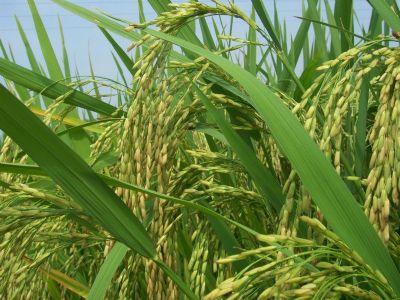
Transgenic rice has been receiving attention in Hubei and other places as early as 2004 for illegal cultivation. At that time, the cultivation of transgenic plants in Hubei and other places has been very extensive. Do you know the negative aspects of GM rice?
About Transgenic
The use of scientific means to extract the desired gene from an organism, transfer it to another organism, and recombine the gene with another organism to produce a specific substance with a superior genetic shape. The use of transgenic technology can change animal and plant traits and breed new varieties. Other organisms can also be used to produce biological products needed by humans for use in medicine, food, and the like.
Negative aspects of transgenic technology
1. A survey conducted in Yanfeng Dafeng City, a “hometown of cotton†in Jiangsu Province, found that after the introduction of genetically modified cotton in the province in the fifth year, in addition to the decline in output of GM cotton, the quality of GM cotton has also been severely degraded, and its performance is not as good as that of ordinary cotton.
2. A "Starlink" genetically modified corn produced by Avadis, which may cause allergic reactions in humans, is only approved by the US Environmental Protection Agency for use in animal feed and is prohibited from being used in food production.
3. Mayeno, AN et al. (1994) reported that a new, unexplained condition occurred, mainly manifesting as eosinophilic myalgia. Clinical manifestations include paralysis, nervous problems, painful swelling, itchy skin, heart problems, lack of memory, headache, photosensitivity, and emaciation (Brenneman, DE et al., 1993; Love, LA et al., 1993). After the discovery, it was caused by tryptophan produced by a genetically engineered bacteria born in a Japanese company. The morbidity of the consumer after 3 months caused 37 deaths, 1500 partial paralysis of the body, and occasional weakness in more than 5,000 people. According to the determination, the content of 0.1% can kill the human body.
4. The publication of a long-term research report by the National Academy of Sciences clearly indicates that more and more observations and findings have proved that the cultivation and use of genetically modified crops pose potential safety threats to animals and the ecological environment; compulsory segregation of GM crop cultivation areas must be implemented. Measures for more stringent control and monitoring of genetically modified foods.
5. The international environmental organization Greenpeace also expressed great concern. Transgenic rice may pollute traditional rice varieties through pollen transmission, posing a serious threat to the environment and biodiversity.
6, the British authoritative science magazine "Nature" published a paper by John Rossi, a professor at Cornell University in the United States. The paper pointed out that the beneficial insects such as butterfly larvae would develop after they had eaten the leaves with some genetically modified corn pollen. Bad, particularly high mortality.